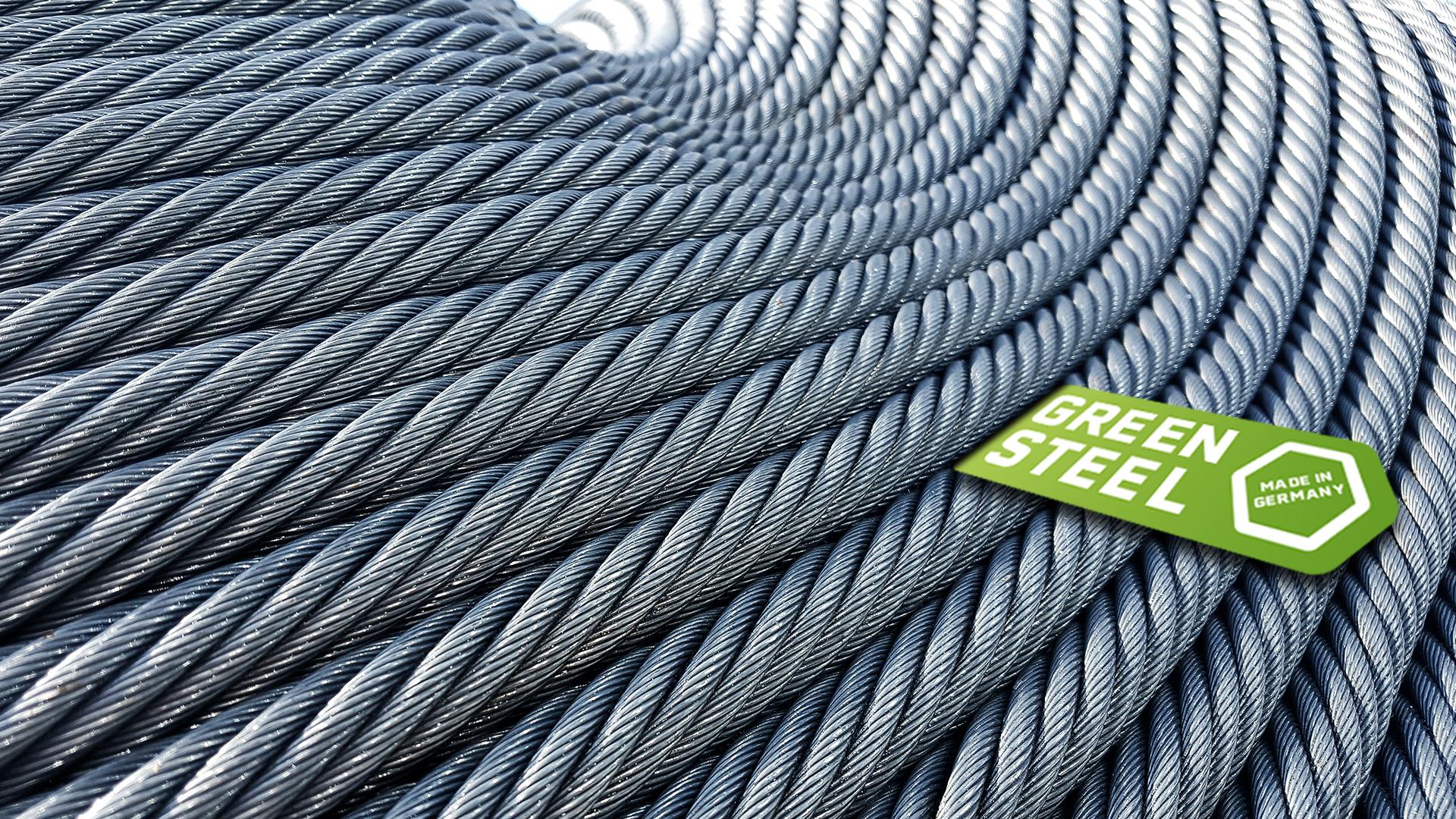Green Steel Market and Renewable Energy Integration

The transition to a low-carbon economy has brought the Green Steel Market into the global spotlight, with increasing emphasis on reducing the environmental footprint of steel production. One of the key enablers of this transformation is the integration of renewable energy into steelmaking processes. By replacing fossil fuels with solar, wind, hydro, and other clean energy sources, the steel industry is moving towards decarbonization at scale.
This article explores how renewable energy is reshaping the green steel landscape, the technologies involved, regional developments, market opportunities, and future growth prospects.
Why Renewable Energy Is Crucial for Green Steel
Traditional steel production relies heavily on coal-based blast furnaces, which emit vast quantities of CO₂. In contrast, green steel uses processes that minimize or eliminate carbon emissions, such as:
-
Hydrogen-based Direct Reduced Iron (H2-DRI) using green hydrogen.
-
Electric Arc Furnaces (EAFs) powered by renewable electricity.
-
Carbon capture and storage (CCS) with renewable energy support systems.
All of these approaches require clean and reliable energy sources, making renewable energy integration essential for achieving zero-emission steelmaking.
Key Areas of Renewable Energy Integration
1. Electric Arc Furnaces (EAFs) Powered by Renewables
EAFs use electricity to melt scrap steel or direct reduced iron. When the electricity comes from renewable sources, the process becomes significantly cleaner. Countries with robust renewable grids are seeing rapid EAF adoption, especially in the U.S., Europe, and parts of Asia.
2. Green Hydrogen Production for H2-DRI
Green hydrogen is produced through electrolysis using renewable electricity. It replaces coke or natural gas in the direct reduction of iron ore. This process emits only water vapor, making it a zero-carbon alternative.
3. On-site Renewable Installations
Some steelmakers are investing in on-site renewable energy infrastructure, such as solar farms or wind turbines, to power their operations directly. This ensures energy stability and long-term cost savings.
Benefits of Renewable Energy Integration in Green Steel
-
Emissions Reduction: The primary advantage is a dramatic drop in CO₂ emissions, helping industries meet climate targets.
-
Energy Cost Stability: Renewables provide more predictable pricing over time compared to volatile fossil fuel markets.
-
Increased Investment Appeal: Companies using renewable-powered steel production are more attractive to ESG-conscious investors.
-
Regulatory Compliance: Governments are incentivizing low-carbon technologies and penalizing high emitters, making renewables a strategic advantage.
Global Initiatives and Developments
Europe
Europe leads the charge in renewable-powered green steel. Projects like HYBRIT (Sweden) and Salzgitter’s SALCOS (Germany) are pioneering hydrogen-based steel production powered by wind and hydro energy. The EU Green Deal provides funding and policy support for clean energy adoption in steelmaking.
North America
In the U.S., EAFs powered by renewable energy are becoming the standard, especially among companies like Nucor and Steel Dynamics. The Inflation Reduction Act is further accelerating renewable investment and hydrogen infrastructure.
Asia-Pacific
Countries like Japan and South Korea are investing in offshore wind and green hydrogen to power future steel plants. China, while currently reliant on coal, has begun piloting renewable integration in state-owned steel enterprises.
Middle East and Australia
These regions benefit from abundant solar energy and are emerging as hubs for green hydrogen production, positioning themselves as future exporters of green steel and hydrogen fuel.
Challenges to Integration
Despite the momentum, several barriers remain:
-
High Initial Investment: Building renewable infrastructure and modifying existing steel plants require significant capital.
-
Grid Reliability: In some regions, renewable energy supply may be inconsistent or insufficient for industrial-scale operations.
-
Hydrogen Cost and Scale: Green hydrogen remains expensive and limited in supply, although costs are projected to fall with scaling.
-
Technology Readiness: Advanced integration solutions are still being tested, and widespread adoption requires robust demonstration projects.
Market Impact and Forecast
The integration of renewable energy into the Green Steel Market is expected to unlock substantial growth between 2025 and 2032. Analysts project:
-
A compound annual growth rate (CAGR) of 40–50% for green steel using renewable energy sources.
-
A market size of USD 40–50 billion by 2032, with over 60% of production reliant on renewable power.
-
Significant job creation in clean energy and sustainable manufacturing sectors.
As countries implement stricter emissions targets and customers demand greener supply chains, renewable-powered steel will become a standard rather than an exception.
Future Outlook
The future of the Green Steel Market hinges on deeper integration with renewable energy systems. Key strategies for success include:
-
Public-private partnerships to fund renewable infrastructure and steel plant conversions.
-
Smart grids and storage solutions to stabilize renewable electricity supply.
-
Scaling up green hydrogen through international collaboration and investment.
-
Innovation in low-emission technologies, such as hybrid furnaces and AI-powered energy management.
Conclusion
The Green Steel Market and Renewable Energy Integration are intrinsically linked in the global fight against climate change. As renewable energy becomes more accessible, reliable, and cost-effective, it will underpin the transformation of steelmaking into a sustainable, future-proof industry.
- Art
- Causes
- Crafts
- Dance
- Drinks
- Film
- Fitness
- Food
- Games
- Gardening
- Health
- Home
- Literature
- Music
- Networking
- Other
- Party
- Religion
- Shopping
- Sports
- Theater
- Wellness


